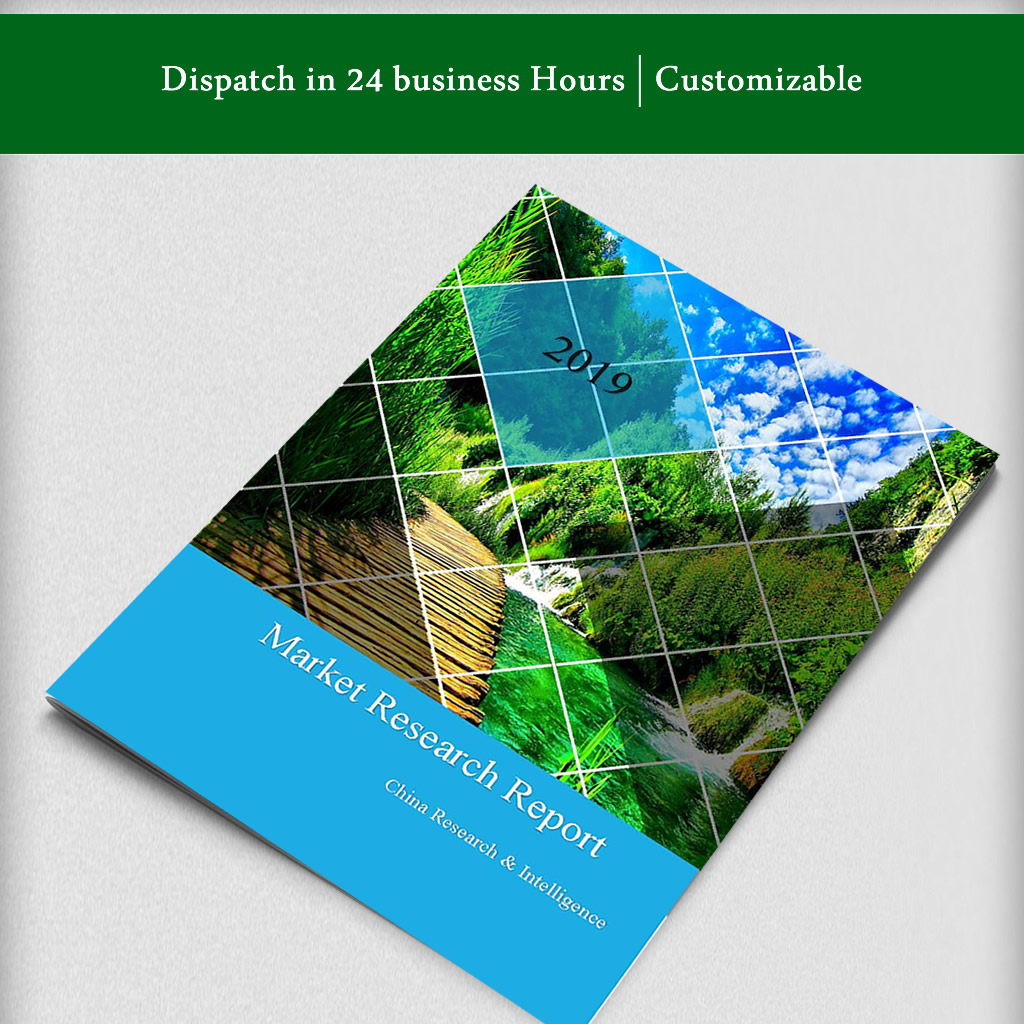Description
Gluten is a family of proteins usually found in cereal grains like wheat, barley, rye, and spelt, and gives an elastic texture to dough. Gluten also acts as natural glue that holds food together.
Gluten consumption has become a matter of concern for the food and health industry due owing to the increased prevalence of celiac disease and gluten-related allergies. Celiac disease causes the body to reject gluten and fight back in the form of severe digestive issues and anemia, among other health hazards. It affects 1%-2% of the global population and is predicted to grow exponentially in the next 15 years.
Also, consciousness among the masses regarding the benefits of healthier living will positively impact the growth of the market. The global gluten-free food market was valued at USD 3.88 Bn in 2016, and is projected to expand from USD 4.48 Bn in 2018, to USD 6.47 Bn in 2023, expanding at a compound annual growth rate (CAGR) of 7.60%.
Product type insights:
There are seven types of gluten-free food: bakery food, dairy food, meat and its substitutes, pasta, condiments, spices and spreads, desserts and ice cream, and ready-to-eat meals. The gluten-free bakery food segment held the largest share of the market (29%) in 2018, owing to the high global demand for gluten-free bread, buns, and rolls. This segment is forecast to expand at a CAGR of 8.5% over 2018–2023.
Regional insights:
Europe is estimated to be on track to record the highest CAGR (10.3%) during the forecasted period, sustained by changing consumer perceptions about the effects of gluten-free diets, such as weight loss and good health. North America held the largest market share (53%) in 2018, underpinned by the rising number of patients diagnosed with celiac disease.
Distribution channel segment insights:
The common distribution channels for the market are conventional stores, specialty stores, and drug stores. Conventional retailers include grocery stores, club stores, and mass merchandisers. Among the different distribution channels, conventional stores held the highest market share (83%), given their ease of accessibility.
Companies covered:
1. Kraft Heinz Company
2. Conagra Brands, Inc.
3. General Mills, Inc.
4. Kellogg Company
5. Dr. Schar AG/SPA
6. Hain Celestial Group, Inc.
7. Doves Farm
Customizations available


